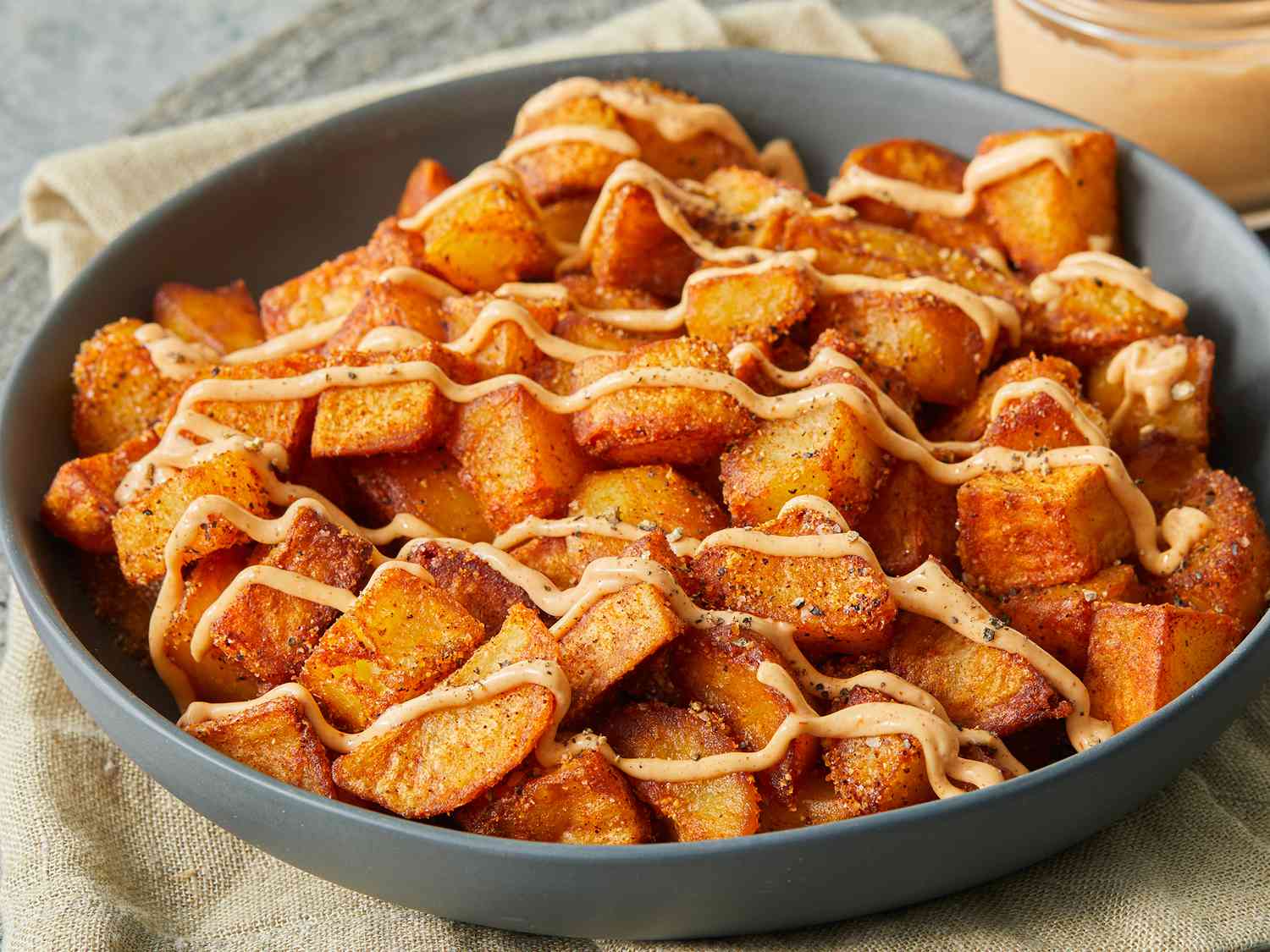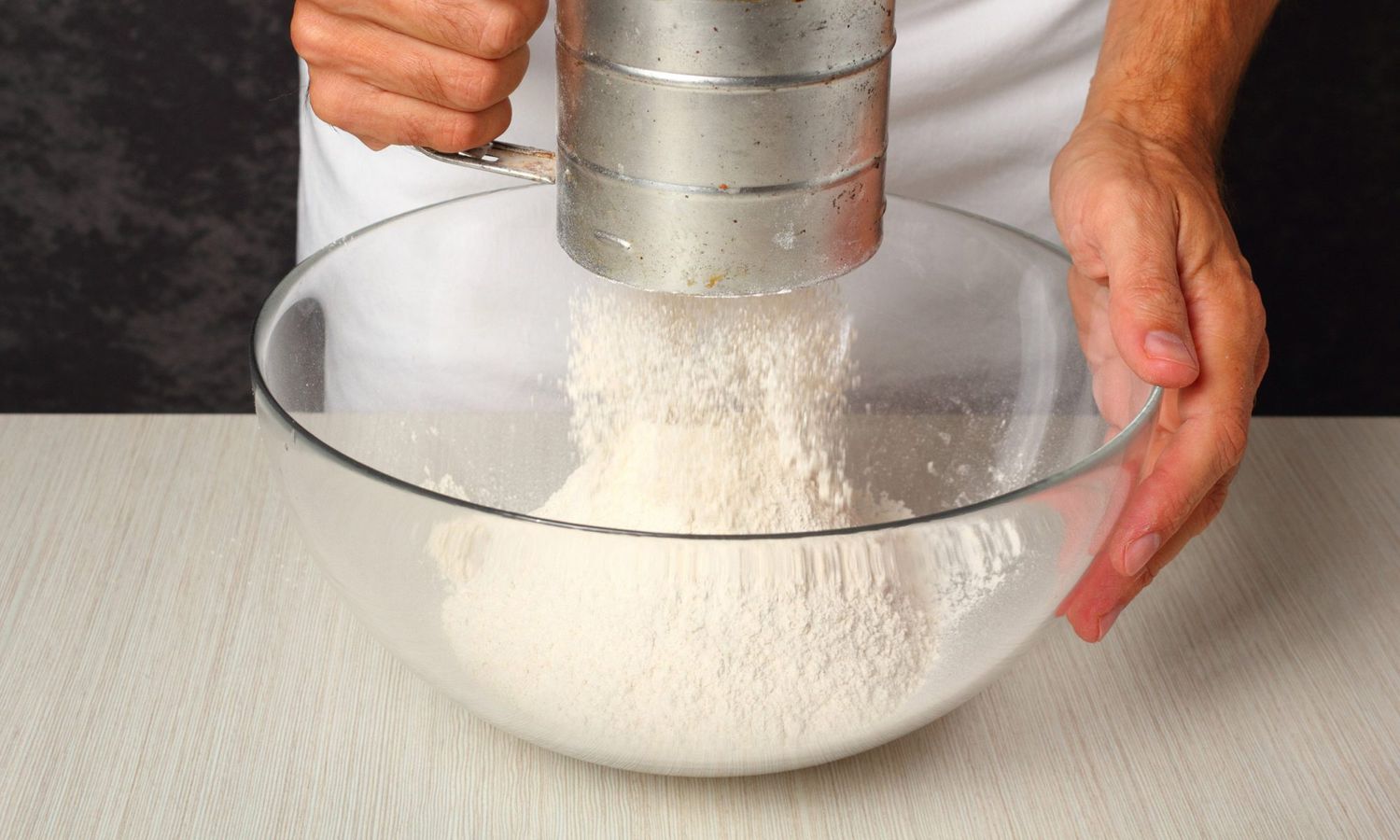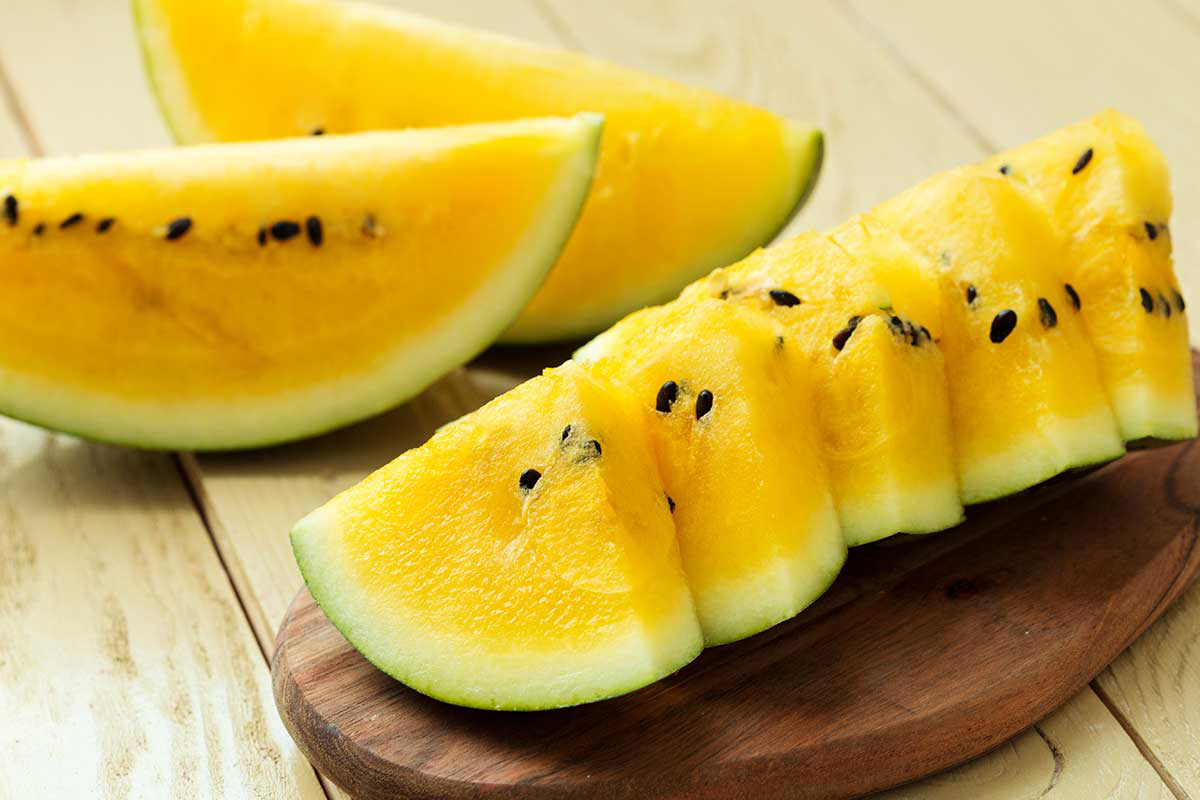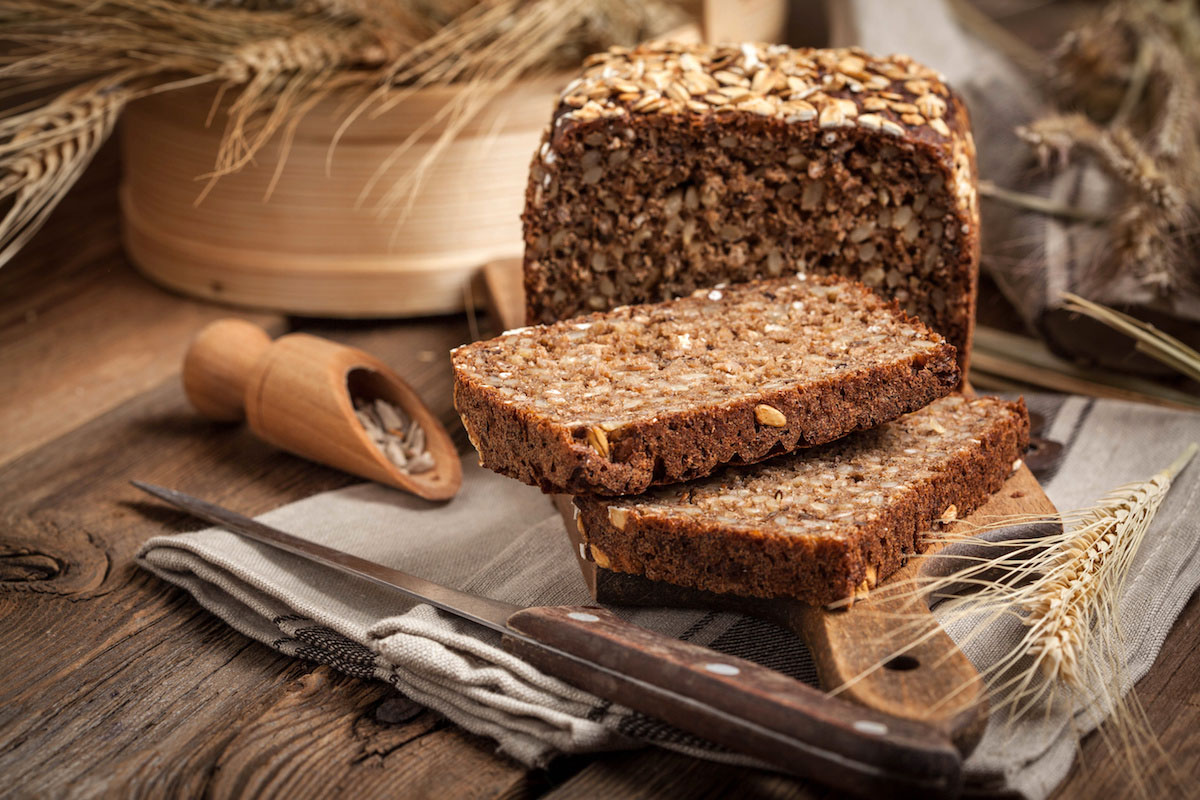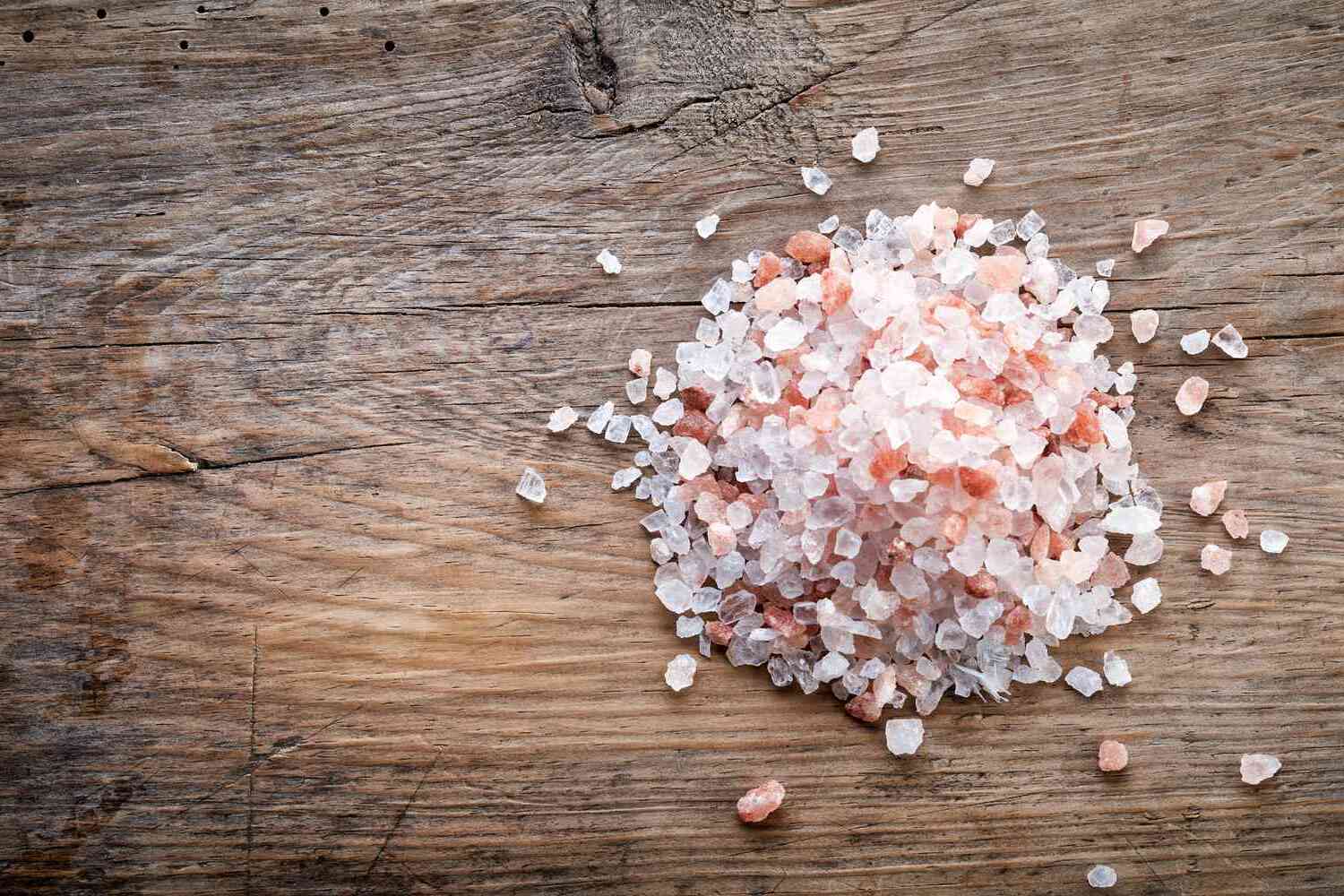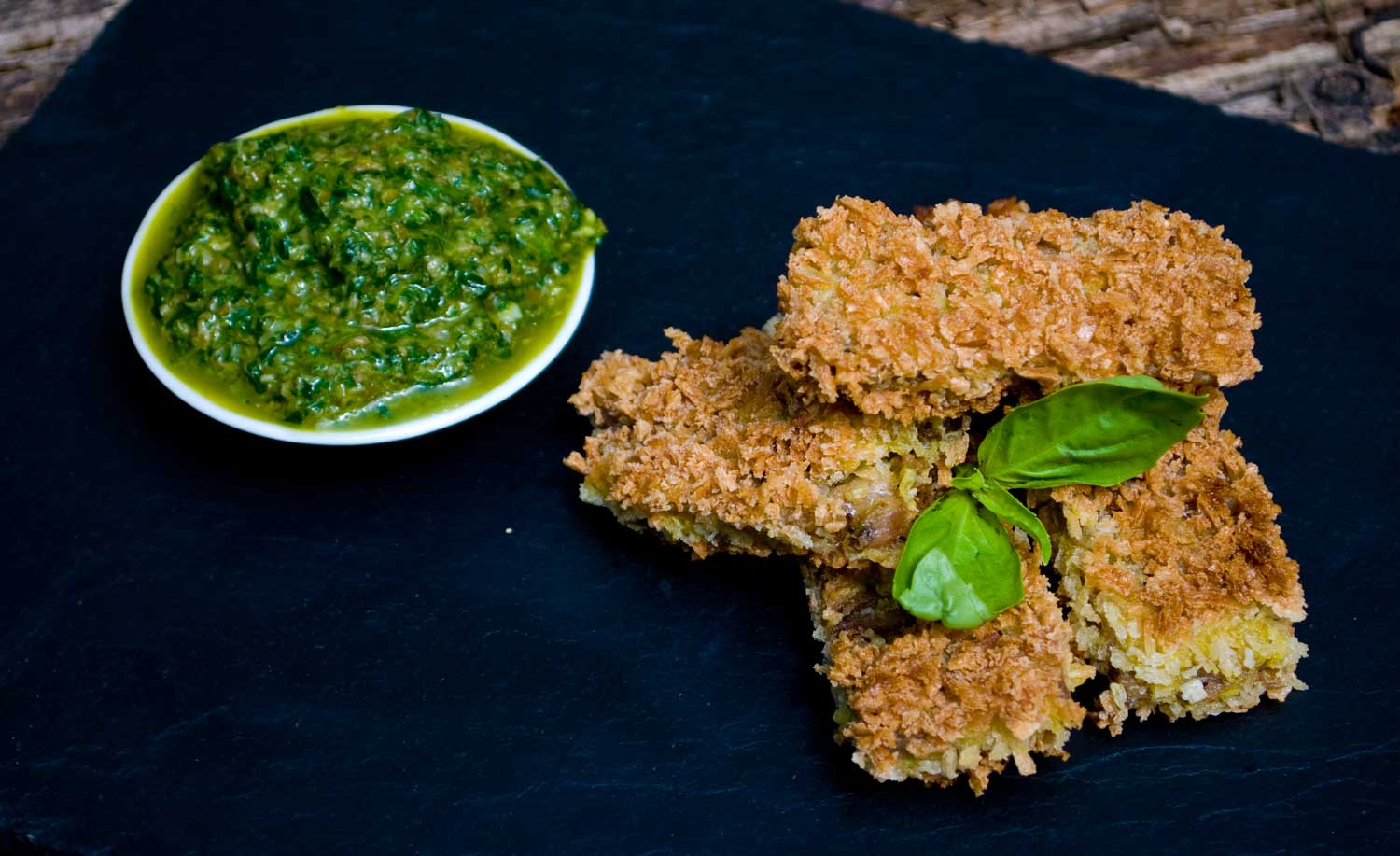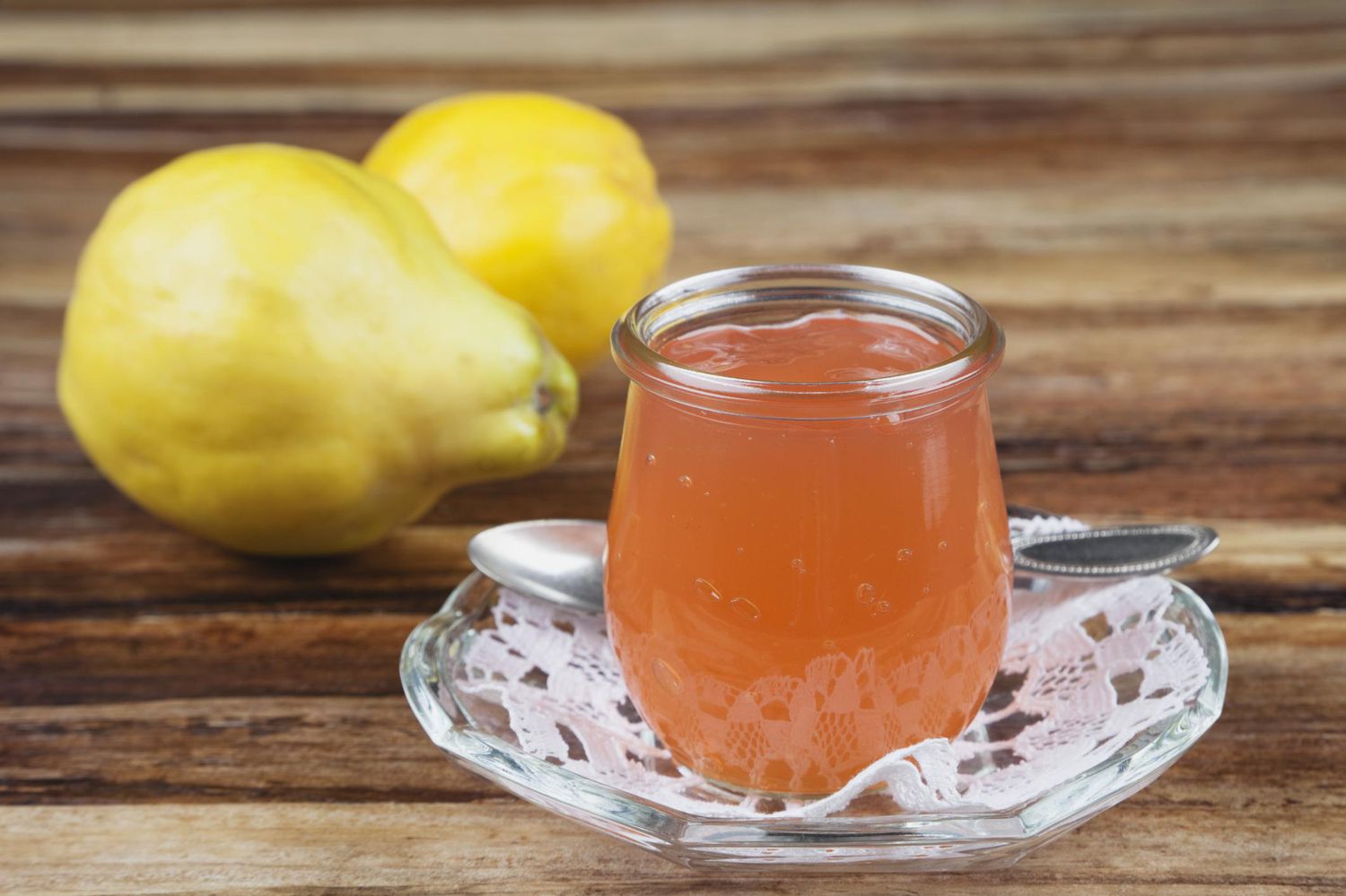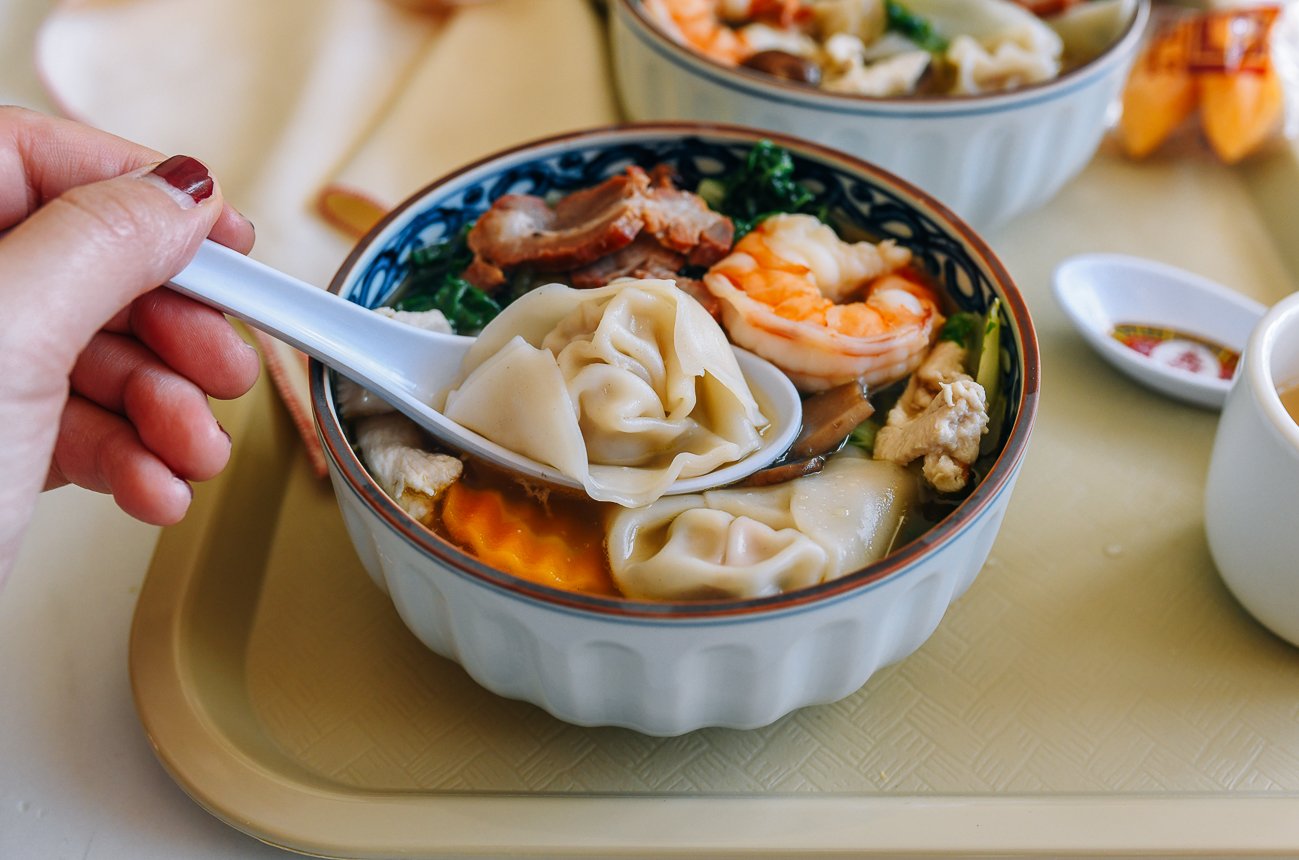Discovering the Delightful Butternut Squash
Are you curious about this vibrant and versatile vegetable? Let’s dive into the world of butternut squash and explore its origins, nutritional benefits, and delicious culinary uses.
Origins and Appearance
Butternut squash, scientifically known as Cucurbita moschata, is a type of winter squash that belongs to the gourd family. It is believed to have originated in the Americas and has been cultivated for thousands of years. This pear-shaped vegetable features a creamy beige skin and vibrant orange flesh, making it a visually appealing addition to any meal.
Nutritional Benefits
Butternut squash is not only a flavorful addition to recipes but also a nutritional powerhouse. It is packed with essential vitamins and minerals, including:
- Vitamin A: Known for promoting healthy vision and immune function.
- Vitamin C: An antioxidant that supports skin health and boosts the immune system.
- Potassium: Important for maintaining healthy blood pressure and muscle function.
- Fiber: Aids in digestion and promotes a feeling of fullness.
Additionally, butternut squash is low in fat and calories, making it a great choice for those looking to maintain a healthy diet.
Culinary Uses
One of the most appealing aspects of butternut squash is its versatility in the kitchen. It can be prepared in numerous ways, including roasting, steaming, sautéing, and pureeing. Some popular culinary uses of butternut squash include:
- Roasted Butternut Squash: Toss cubed squash with olive oil, salt, and pepper, then roast until caramelized for a delicious side dish.
- Butternut Squash Soup: Puree cooked squash with broth, onions, and seasonings for a comforting and creamy soup.
- Butternut Squash Risotto: Incorporate diced squash into a creamy risotto for a hearty and satisfying meal.
- Butternut Squash Salad: Add roasted squash to a bed of greens, along with nuts, seeds, and a tangy vinaigrette for a nutritious and flavorful salad.
Whether you’re looking for a savory side dish or a comforting soup, butternut squash can elevate the flavor and nutritional value of your meals.
Conclusion
Butternut squash is a delightful and nutritious addition to any diet. Its vibrant color, sweet flavor, and versatility in the kitchen make it a popular choice for home cooks and professional chefs alike. Whether you’re roasting, pureeing, or sautéing, this winter squash is sure to bring warmth and flavor to your table.
Next time you’re at the market, be sure to pick up a butternut squash and explore the endless culinary possibilities it has to offer!
Was this page helpful?
Read Next: What Is Cilantro
